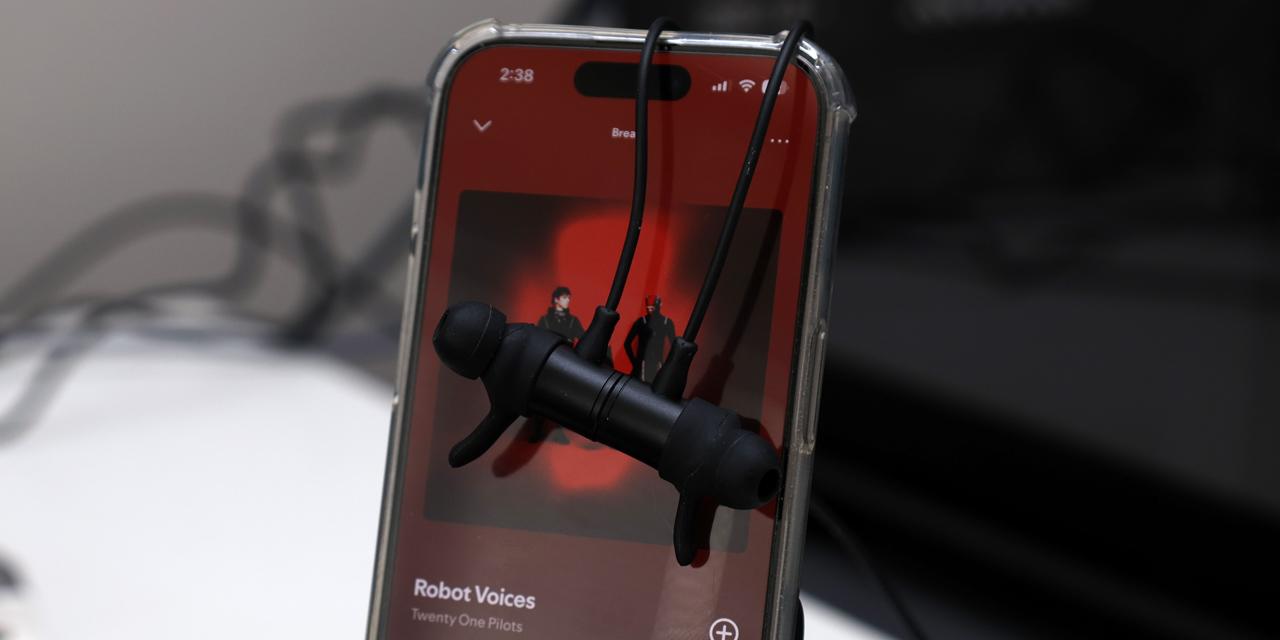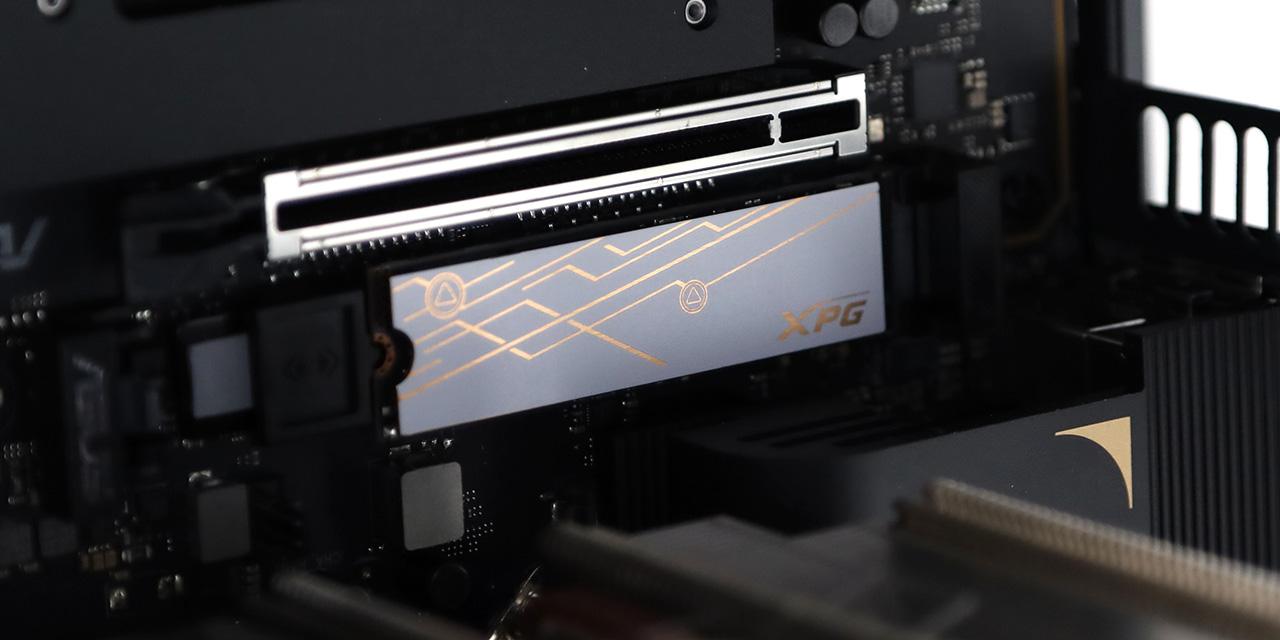From The Verge: Huawei has announced three new devices, the Nova 5, Nova 5 Pro, and Nova 5i, alongside a brand new 7nm Kirin 810 chipset, reports GizmoChina. The launch comes as Huawei continues to face an uncertain future outside of China after Google suspended its Android license last month, meaning that it’s unclear how long these phones will continue to receive Android updates. It’s also uncertain if and for how long these phones would have access to the Google Play Store if they’re released outside of China.
The new Kirin 810 chipset can be found in the Nova 5, while the more expensive Nova 5 Pro has the flagship Kirin 980 processor found in Huawei’s P30 Pro and Mate 20. The new Kirin 810 chipset has eight cores like the Kirin 980, but two of the 980’s high-performance cores have been replaced with energy-efficient small cores. It’s unclear if this will be Huawei’s last ARM-designed chip, after the chip designer cut ties with Huawei last month. The amount of storage and RAM also differ between the two phones. The Nova 5 has 6GB of RAM and 128GB of storage, while the Nova 5 Pro has 8GB of RAM and can be configured with up to 256GB of storage.
Otherwise, the Nova 5 and Nova 5 Pro are two very similar devices. Each has a 6.39-inch OLED display with a small waterdrop notch, and they have a quad-camera array on the rear consisting of a 48-megapixel primary sensor, 16-megapixel ultrawide sensor, 2 megapixel depth sensor, and a 2-megapixel macro sensor. They both have 3,500 mAh batteries, USB-C charging ports, in-display fingerprint scanners, and headphone jacks. Interestingly, both handsets also come with microSD card readers despite uncertainty around Huawei’s membership of the SD Association.
At the bottom of the lineup is the Nova 5i. Rather than a notch, this phone has a hole-punch display, and it also has a slower Kiri 710 processor. While it keeps the quad-camera array on its rear, it drops the resolution down to 24 megapixels for its main sensor, and 8 megapixels for its ultrawide camera, and it has an LCD rather than an OLED screen.
View: Article @ Source Site





